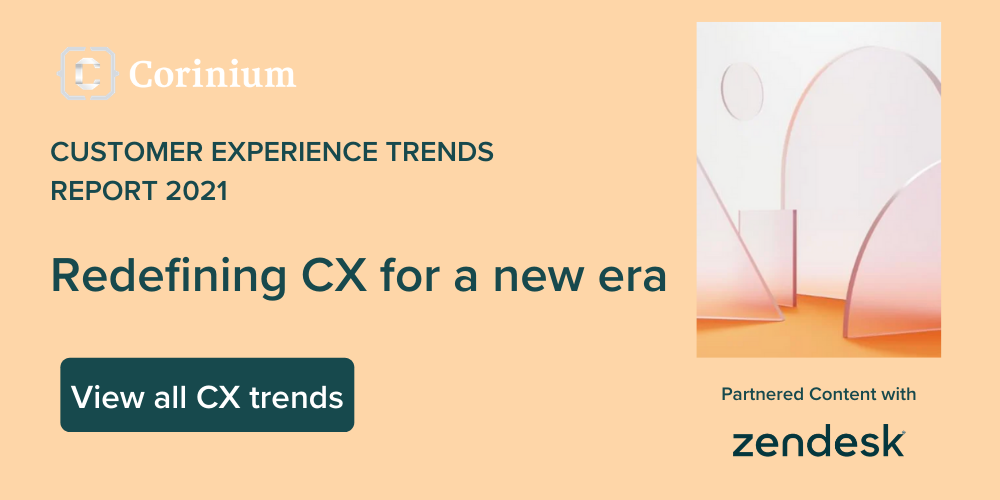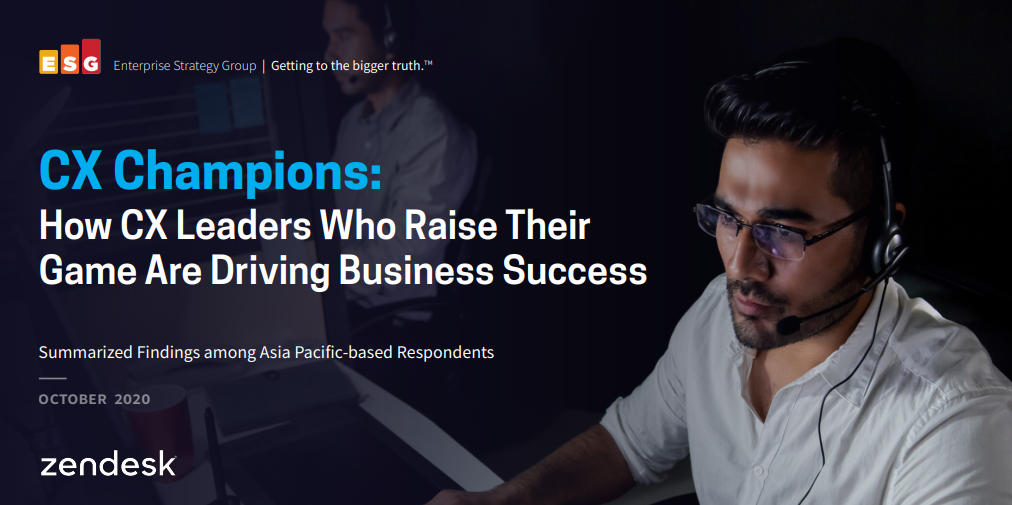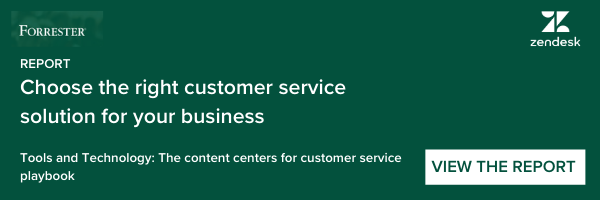By Jessica Matthysen, Head Customer Success, Alexander Forbes Empower.
In the words of Sir Richard Branson: “Clients do not come first, employees come first. If you take care of them, they will take care of your clients.”
A customer is defined as someone who is on the receiving end of your product, service or idea.
Customer: a person who buys goods or a service - https://dictionary.cambridge.org/dictionary/english/customer
If you think of a job as a product which an organisation is selling at a certain price – in this case, that’s your salary – then if you accept that offer, you are not only an employee, but also a customer.
In my mind an employee is a customer who buys a product in exchange for performing a service. I accept the job for the price you are selling it for and in return, I perform a service by doing my job.
Even if we don’t get that technical, there is an underlying and subversive culture around treating employees differently to your customer. Organisations are creating unnecessary borders between the internal and external recipients of their products and services.
Why do we have different ways of handling customers and employees?
Employees are in a unique position.
Not only are they usually direct consumers of the same products or services we sell externally, but they are also customers of the shared services used to run the organisation.
They simultaneously have an internal and external view and are privy to the mechanics, culture, processes and systems of our organisation, as well as on the receiving end of our products and service.
The unfortunate thing, is that even though we are often customers of our organisation, we are not treated as well as an actual customer, because we are not external.
There is an automatic weighting system between internal and external, weighted in the favour of the external customer.
It is possible that due to the industrialisation of work, that jobs were plentiful and it was unnecessary to see the employee as more than simply another commodity to be traded. If you didn’t like your job or the environment, you could leave or be easily replaced.
Applying the same principles today would not work, a customer’s needs and demands for great experiences requires a different approach. Business now requires all employees to become high performers with great attitudes toward their organisation, especially if they are meant to dedicate themselves to creating memorable moments for customers.
Apply all the same methodology or customer experience approach as a blueprint to enhancing your employee experience.
- Customer Experience | Employee Experience
- Voice of the customer/employee
- Journey mapping. For an employee, that would not only include onboarding and offboarding and but their careers as well
- Customer Segmentation | Employee Segmentation
- Customer preferences | Employee preferences
- Ethnographic research can assist in not only identifying barriers to product or service consumption, but also job performance.
- Human centred and UX design principles remain the same regardless
- Personalisation and choice/decision architecture
- Service Delivery
- Co-creation – joint venture in design and shaping of product and service delivery
- Relationship management and measurement tools remain the same whether it be for customer or for the employee.
It is obvious that by treating your employees like you would your customers, you:
- Create massive and free marketing and public relations - an employee who is proud to work where he does is more likely to recommend their organisation’s products or services
- Impactful customer service – if I am happy doing my job and with my working environment, it will create a far stronger emotional connection with the customer through the attitude and the expression of my work
- Everyone points in the same direction – it is a lot easier to persuade and influence people who are enable and empowered with fewer obstructions to effectively perform their work then with those that are disgruntled.
- Beta testing for enhanced customer experience – instead of just relying on external customers for feedback on their experience of your product or service, take a moment to consider the impact of spending the same time and effort on flighting a product or service through an employee user experience. Your employees are like your family, they are the people you can trust to be honest. Who better to tell you the truth (if you create the environment to do so) than your employees? And the risk is far less.
What are the benefits to organisations’ of a more engaged workforce? Productivity, Innovation, Improved customer service, Discretionary effort and Mission fulfilment.
- Companies shouldn’t just be worried about absenteeism. A bum in a chair no longer equates to productivity and many organisations are failing to action this. A more engaged workforce is a more present one, which in turn is a more productive one.
- In an article on factors that influence innovation by the Center for Creative Leadership, freedom, managerial encouragement and organisational support are cited as positively influencing innovation.
- In effect, the employee has first-hand knowledge of all the bugs, distractions and pain points that hinder exceptional customer service. By correctly identifying and fixing these bugbears, there is a direct impact on improved customer service.
- The saying goes, choose a job you love, and you will never work a day in your life. Attitude and environment go a long way to enabling discretionary effort by staff to give of their best. This will yield better outcomes for company, customers and products and services
- Focusing on employee enablement – enabling employees to do their jobs better – is a fulfilment of a company’s mission, which is ultimately, always, to service the client.
The sum of which is improved profitability, and what business doesn’t want that?



.png)




